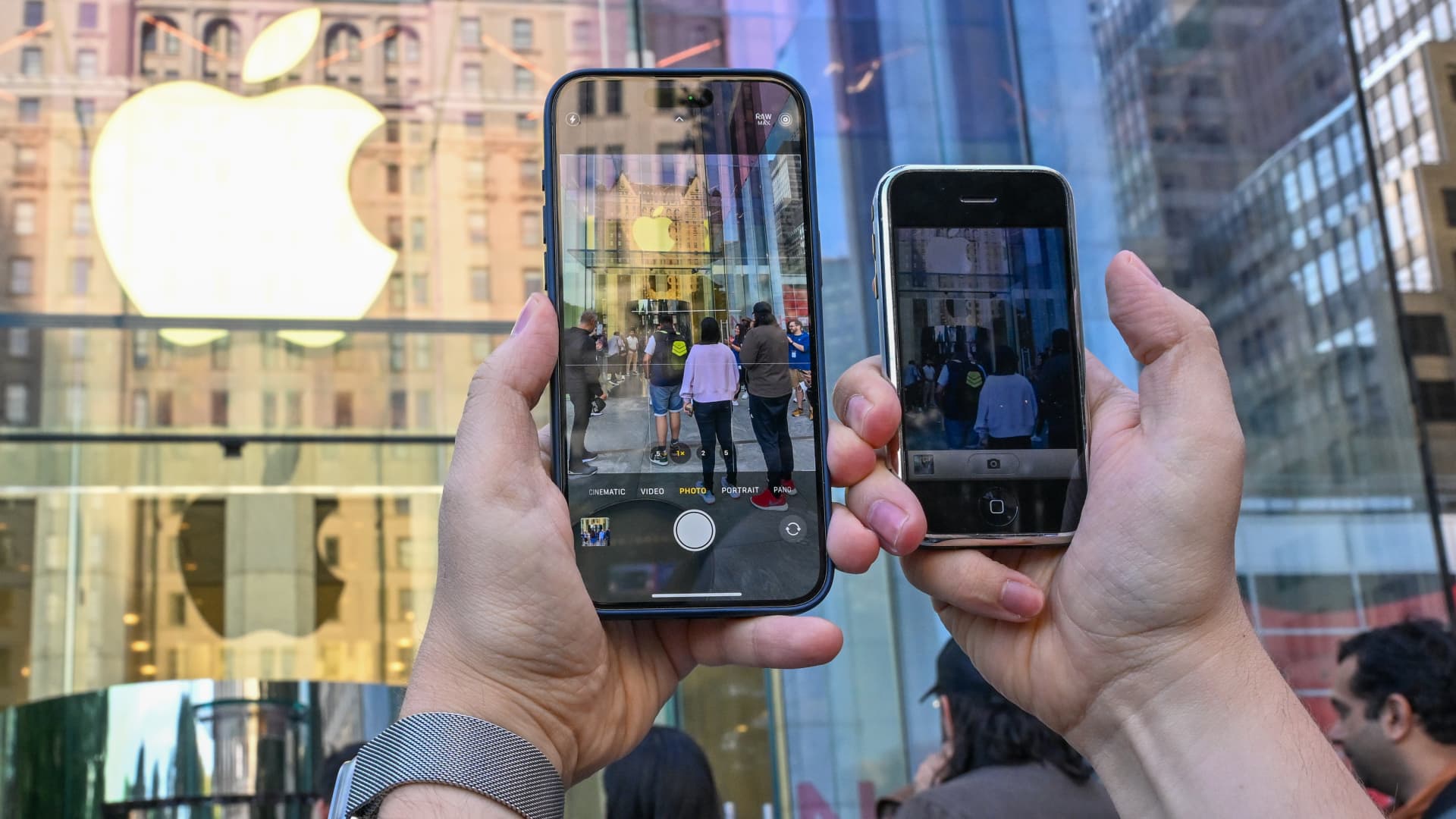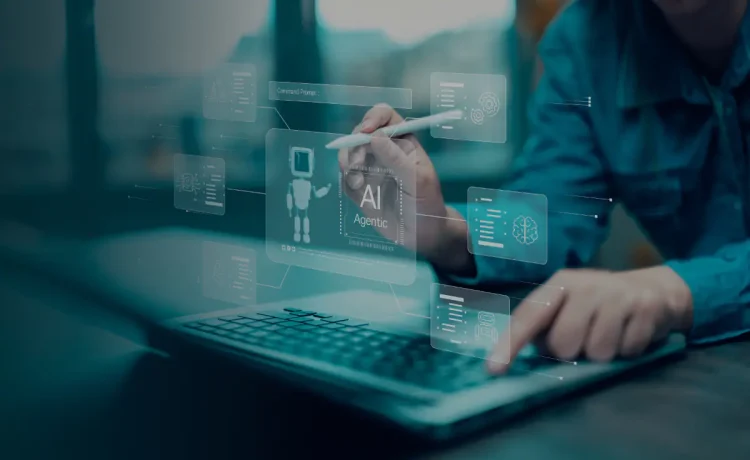Technology is evolving faster than ever before. What once took decades to develop now emerges within years or even months. From artificial intelligence (AI) and quantum computing to renewable energy systems and smart devices, technology is driving a transformation that affects every corner of society. The next decade will not just bring incremental improvements—it will redefine how we live, work, and interact. This article explores the major technological trends that are shaping our future, the challenges they bring, and how they will change the way we see the world.
1. Artificial Intelligence: The Brain of the Digital Future
Artificial Intelligence remains the most transformative technology of our era. Over the last few years, AI has moved from research labs into real-world applications that influence almost every sector—healthcare, finance, education, and entertainment. Machine learning algorithms now power recommendation engines on Netflix and Spotify, predictive analytics in supply chains, and autonomous systems in vehicles and drones.
The newest frontier is Generative AI, capable of producing human-like text, images, and even music. Tools such as ChatGPT, DALL·E, and Midjourney have redefined creativity by allowing users to generate entire projects in minutes. This democratization of creation has opened new possibilities for individuals and businesses alike. However, it also raises ethical questions about misinformation, job displacement, and intellectual property.
Going forward, AI will become even more personalized. Smart assistants will evolve into intelligent partners capable of anticipating user needs. In industries like healthcare, AI will accelerate drug discovery, improve diagnostics, and enable more precise, data-driven treatments.
2. Quantum Computing: Beyond Classical Limits
If AI is the brain of future technology, quantum computing is the engine that will power it. Unlike classical computers that process data in bits (0s and 1s), quantum computers use qubits, which can represent multiple states simultaneously. This allows them to perform calculations that would take traditional computers millions of years.
Tech giants like IBM, Google, and Intel are racing to make quantum computing practical. IBM’s Quantum System One and Google’s Sycamore project have already shown that “quantum advantage” is achievable. In the coming decade, this technology could revolutionize areas such as cryptography, logistics optimization, and materials science.
However, quantum computing remains highly experimental and expensive. Stability and error correction remain major hurdles. Despite these challenges, once commercialized, quantum technology will push the limits of what’s computationally possible and enable breakthroughs across industries.

3. The Expansion of the Internet of Things (IoT)
The Internet of Things is transforming everyday objects into intelligent, interconnected devices. From smart thermostats and refrigerators to wearable fitness trackers and connected vehicles, IoT is creating an ecosystem of devices that collect and share data seamlessly.
By 2030, it’s estimated that over 25 billion devices will be connected globally. This connectivity will allow for real-time monitoring in industries like agriculture, manufacturing, and healthcare. For example, smart sensors can detect crop conditions, optimize irrigation, and increase yields while reducing waste. In cities, IoT will support traffic management, energy efficiency, and public safety systems, driving the rise of smart cities.
Yet, this hyperconnectivity comes with new risks. Data privacy, security vulnerabilities, and network overload are growing concerns. As the IoT expands, developers and policymakers must ensure that safety and ethical design accompany innovation.
4. 5G and the Race Toward 6G Connectivity
The global rollout of 5G networks has already begun to reshape how we use technology. Offering speeds up to 100 times faster than 4G, 5G enables innovations such as real-time augmented reality (AR), virtual reality (VR), autonomous vehicles, and remote surgery. With ultra-low latency, it makes instantaneous data transfer possible, paving the way for more immersive and connected experiences.
But even as 5G adoption grows, the tech world is already preparing for 6G, expected around 2030. 6G will likely deliver even higher data rates, improved reliability, and AI-driven network optimization. These capabilities will enhance smart infrastructure, robotics, and industrial automation, bridging the gap between the physical and digital worlds.
5. Cybersecurity: The Shield of the Digital Era
As our world becomes more digitized, the importance of cybersecurity has skyrocketed. The more data we generate, the more vulnerable we become to hacking, ransomware, and digital espionage. In 2025 alone, cybercrime damages are projected to exceed $10 trillion globally.
AI-driven cybersecurity systems are becoming the first line of defense. These tools can analyze patterns, detect unusual activity, and respond to attacks faster than human analysts. Blockchain technology is also playing a crucial role in securing transactions and ensuring data integrity.
However, cyber threats are evolving just as fast as the technologies that combat them. The rise of AI-powered attacks and quantum decryption will require constant innovation in defense mechanisms. The future of cybersecurity lies in resilience—building systems that can adapt, recover, and learn from each threat.
6. Sustainable and Green Technology
Climate change has forced the tech industry to rethink its environmental impact. From data centers to consumer electronics, energy consumption and e-waste are pressing issues. The rise of green technology aims to reduce carbon footprints through renewable energy, circular economy principles, and sustainable manufacturing.
Solar panels, wind turbines, and energy-efficient processors are only the beginning. Companies are now experimenting with biodegradable materials, low-power chips, and AI-optimized energy systems. Electric vehicles (EVs) are becoming more mainstream, while breakthroughs in battery technology are making them more affordable and efficient.
Technology’s role in sustainability is twofold: it’s both part of the problem and a major part of the solution. By using innovation to create cleaner systems, we can build a future where progress and the planet coexist in balance.
7. Augmented and Virtual Reality: The New Digital Experience
Augmented Reality (AR) and Virtual Reality (VR) are redefining how humans interact with technology. Once confined to gaming, these immersive technologies are now entering education, healthcare, real estate, and retail.
Imagine surgeons performing complex operations with AR overlays, students exploring historical events in VR, or shoppers virtually trying on clothes before buying. The metaverse, a shared digital space merging the virtual and physical, continues to evolve through platforms like Meta’s Horizon Worlds, Roblox, and Apple’s Vision Pro ecosystem.
Although the metaverse is still in its early stages, its potential for social interaction, remote collaboration, and commerce is immense. As hardware becomes more accessible and realistic, virtual environments will increasingly blend into our daily routines.
8. The Rise of Automation and Robotics
Automation has long been a goal of the tech industry, but AI-driven robotics is now making it a reality. Robots are no longer confined to factory floors—they’re delivering packages, cleaning homes, and even assisting in surgeries.
In manufacturing, “cobots” (collaborative robots) work alongside humans, improving precision and safety. In agriculture, drones and robotic harvesters increase productivity while reducing labor costs. Even in customer service, chatbots and humanoid robots are improving efficiency.
As robotics evolve, the focus is shifting toward human-robot collaboration. Future robots will be designed not to replace humans but to enhance human capabilities—making complex tasks simpler, safer, and faster.

9. Conclusion: Building the Future Responsibly
The next decade of technology promises extraordinary innovation, but it also brings challenges that must not be ignored. As AI becomes more autonomous, data more valuable, and systems more interconnected, ethical and responsible development will be essential.
Governments, companies, and individuals must work together to ensure that technology serves humanity—not the other way around. Privacy, security, equality, and sustainability should remain central to every innovation.
Technology is not just shaping the future—it is the future. And the decisions we make today will determine whether that future is one of empowerment or exploitation, progress or peril.
If used wisely, the tools of tomorrow can build a smarter, safer, and more connected world for everyone.





